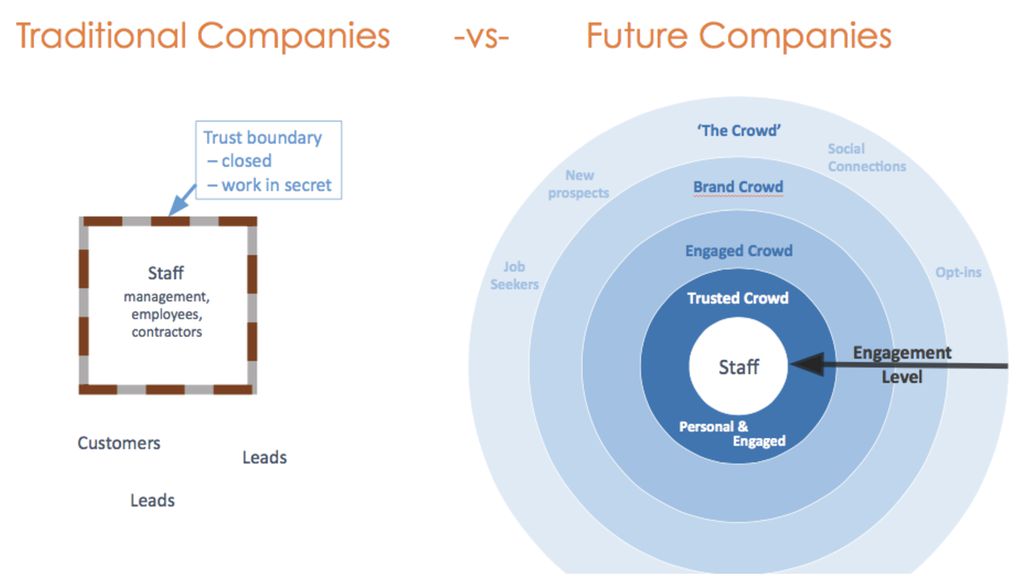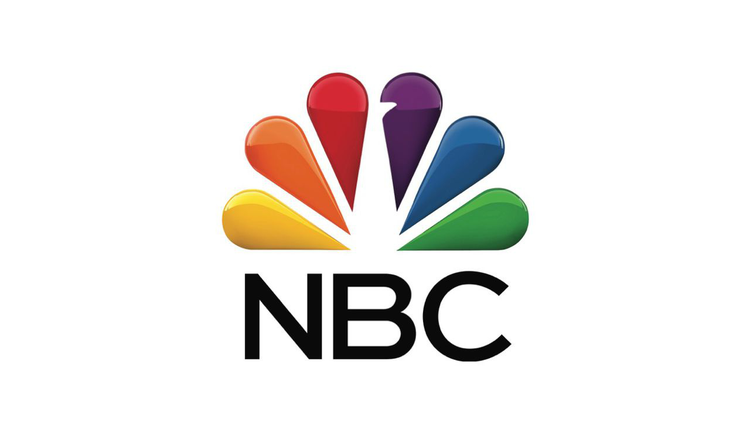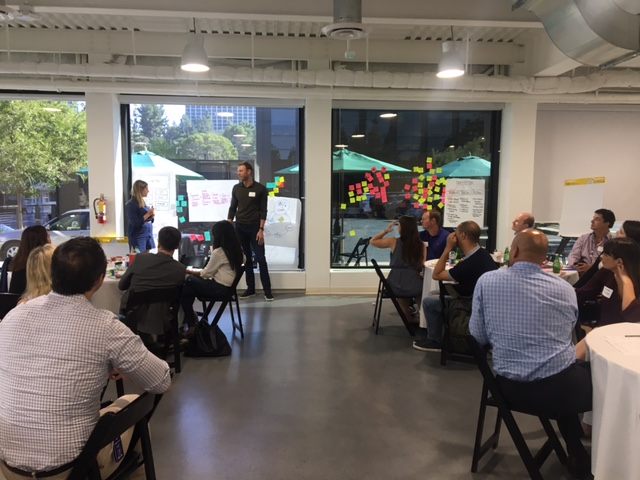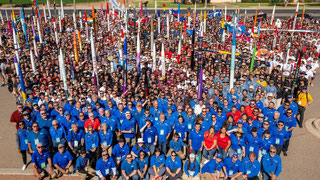Crowdsourcing is The Future of Business
In the past, business has followed a very linear route: the success of the company rests solely on its inner circle, or employees as most people call them. This model has sufficed for decades, but the problem is just that. It only suffices. It doesn’t allow the business to thrive.
Albert Einstein once said, “We can’t solve problems by using the same kind of thinking we used to create them.”
Companies have been trying to solve the problems that plague their industries using the same thinking that created them. How could that possibly work? Well, studies have shown that it doesn’t. And that’s where crowdsourcing comes in.
What is Crowdsourcing?
Crowdsourcing is defined as “the practice of obtaining needed services, ideas, or content by soliciting contributions from a large group of people and especially from the online community rather than from traditional employees or suppliers.” The basic idea is that two heads are better than one, and that has been the theory since the emergence of crowdsourcing. But, what if 1,000 heads were better than two?
Replacing the old business model with an integrative crowdsourcing platform allows companies and brands to reach innovations like never before.

“Crowdsourcing is a new wave of outsourcing that has become a new society paradigm that might change the outsourcing landscape in the future.”
- Norjansalika Janom, Noor Habiba, Zazaleena Zakariah.
Since its inception and coining of the term less than a decade ago, crowdsourcing has changed the way business is done. Take one of the earliest examples, Amazon, for instance. Amazon relies on its crowd (of users) to sell, comment on, and endorse items. Items which the crowd approves of and that receive high ratings on the platform are more likely to be purchased through no extra effort of the seller. This was just the beginning. Through its use of the crowd, Amazon has become the premiere commerce destination with over 300 million users. How? By becoming social.
Look at Crowdsourcing as a Social Network
“The world is too fast, too complex, too networked for companies to have the answers inside.”
-Yochai Benkler, Professor at Harvard Law Business School, Author of Wealth of Networks
Imagine a crowdsourcing environment resembling a social network that an organization can build, rather than a transactional marketplace into which you put your project. By implementing crowdsourcing, businesses don’t lose anything. They get to keep their boardroom status quo that has sustained them for all these years, in addition to thousands of minds around the world. Crowdsourcing is additive in much the same way that Facebook, Twitter, Instagram and other social networks are.
“If you share your problems, as a business, with a willingness to pay for solutions, the world will solve them for you.”
-Christian Cotichini, CEO of HeroX
Crowdsourcing opens companies up to collaborations, known as a sort of co-production. This refers to the “involvement of consumers in the various value-creating activities through which products and services are made.”
The customer’s who are loyal to a brand, who return again and again, may be the very ones who hold the key to some of that company’s biggest blockers. Consumers intrinsically want to help brands that they have grown loyal to.
“The co-production decision is not purely economic. A major motivation is psychological, covering a host of diverse drives and motivations. A major motivation is the desire to be involved in meaningful activities. Modern lifestyles separate many people from creative and emotionally and physically rewarding activities. Many are engaged in mundane and highly repetitive work which has no direct relationship to daily consumer routines, creating alienation of many workers from their daily activities.”
The Crowd is Better Than You
Crowdsourcing is becoming more social, open, and collaborative. In theory, crowdsourcing can be a way to source valuable insight when you use ideas from your customers. In practice, it’s more about building the right kind of crowd. At it’s finest, crowdsourcing harnesses a collective intelligence. It has attracted people from all walks of life and solved blockers for companies from NASA to Coca-Cola.
Previous narratives believed the best way to solve a problem was to pay one top dollar expert. On the contrary, data suggests that the biggest innovations come from the most unsuspecting places.
Several studies have shown that it is actually people outside of their realm of expertise who will initiate breakthroughs.
A study of the top 50 game-changing innovations over 100 years found nearly 80% were sparked by someone whose primary expertise was outside the field in which the breakthrough took place.”
Further to that point, in 2016 the Association for Psychological Science produced a study testing whether a high-level of subject knowledge mattered in reaching a breakthrough. What they discovered sent ripples through the science community. Results showed that search efforts and creativity were actually the key factors in determining the best candidates to solve innovative problems, NOT subject-matter experts.
And finally, in The Value of Openness in Scientific Problem, Harvard experts discovered that problem solvers who related their problems as being completely outside their expertise were 10% more likely to find a solution.
Still doubt the crowd?
The Third Form of Labor

In-house workers make up the first and most predominant form of labor. These are the people on the payroll who clock in and clock out. They may be invested in the company and understand it intimately, but for those very reasons (among others) they cannot create any real breakthroughs.
Freelancers fill in the second form of labor. The digital marketplace is filled with contract workers. Freelance staffing and project websites like Scripted or Upwork allow companies to hire professionals as needed. While these websites serve a similar purpose, the individuals don’t feel a part of the company’s culture. Instead, they feel like an outsider who has to report to the higher-ups; they feel isolated as an independent contractor who is easily disposable. Often these individuals go on to create their own agencies before ever bringing any real innovation onboard.
Crowdsourcing transcends the barriers of the previous two forms of labor. By utilizing the collective genius of virtually the entire world, crowdsourcing allows companies to get the best of both worlds: innovative labor while not having to hire a full-time team.
Who is Crowdsourcing?
So, if the idea of crowdsourcing is so amazing, why isn’t everyone doing it?
An impressive roster of modern organizations has embraced the incentive challenge model for crowdsourcing, including XPRIZE, Google, NASA, DARPA, Cisco, Virgin, and SpaceX. However, adapting the incentive challenges to smaller companies has traditionally been met with difficulties. It can be labor-intensive and can be difficult for smaller companies to afford, let alone execute properly.
Often, more than 100 percent of prize money is spent to run an incentive challenge, leaving smaller companies unable to tap into the innovation that crowdsourcing could bring. Platforms like HeroX and Innocentive have worked to overcome this barrier by creating cost-effective routes to connect companies with innovators.
Crowdsourcing Today
While the term may be relatively young, the idea of crowdsourcing is nothing new. Toyota invited the crowd to create its new logo in 1936. But, the current marketplace has facilitated crowdsourcing on a whole new level. 85% of the 2014 Best Global Brands have used crowdsourcing in the last ten years. Wikipedia, by definition, is the ultimate modern example of a crowdsourcing and Starbucks has asked customers for ideas on new products and coffee flavors for years. And the trend keeps growing and growing.
Nearly 75% of management teams see crowdsourcing as a priority for the future. According to Gartner Inc., “By 2020, nearly 60% of HR leaders will use a unified talent management strategy for employees, contractors, and freelancers.”
So, how does the future look for crowdsourcing, you ask? Very, very bright.
Sources
Acar Ali, Oguz and Van de Ende, Jan,”Knowledge Distance, Cognitive-Search Processes, and Creativity: The Making of Winning Solutions in Science Contests,” Psychological Science OnlineFirst, March 25, 2016.
Alsever, Jennifer, “What is Crowdsourcing?” CBS MoneyWatch, March 7, 2007. Accessed: http://www.cbsnews.com/news/what-is-crowdsourcing/
Angeles, Sara, "Why Hiring Freelancers Makes Sense for Small Businesses," Business News Daily, July 16, 2014. Accessed: http://www.businessnewsdaily.com/6805-freelance-hiring.html
Bradley, Anthony, “How to Use a New Talent Management Strategy to Win the Escalating Hiring Wars,” Capterra, April 28, 2016. Accessed: http://blog.capterra.com/how-to-use-a-new-talent-management-strategy-to-win-the-escalating-hiring-wars/
Gartner Inc. www.gartner.com
Merriam Webster Dictionary www.merriam-webster.com/dictionary/crowdsourcing
E-Marketer: On Millennials https://www.emarketer.com/Article/How-Digital-Behavior-Differs-Among-Millennials-Gen-Xers-Boomers/1009748#sthash.RmEsbN41.dpuf
Roth, Yannig, ” The State of Crowdsourcing in 2015,” eYeka. Accessed www.eyeka.com














 Melissa Lintinger: VP, Television Production Finance
Melissa Lintinger: VP, Television Production Finance






 Christopher Smith: VP Syndication Sales, Western Region
Christopher Smith: VP Syndication Sales, Western Region











